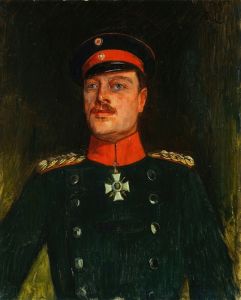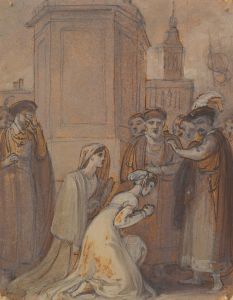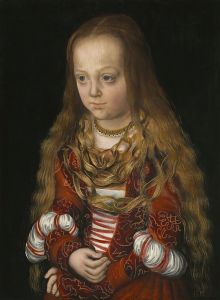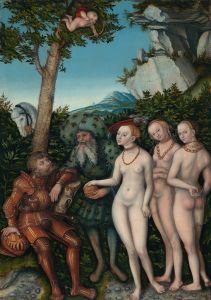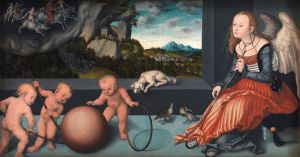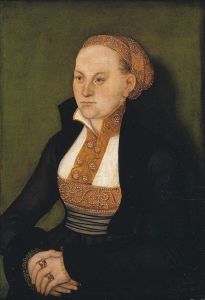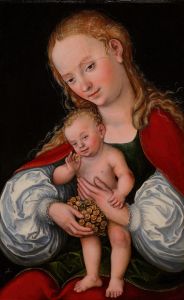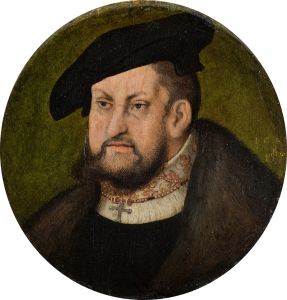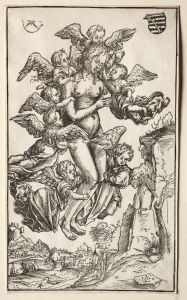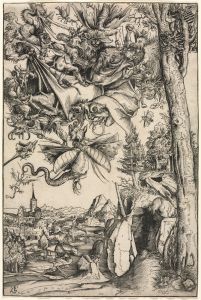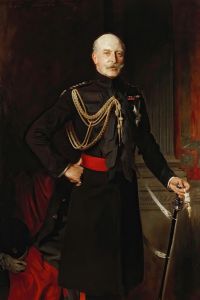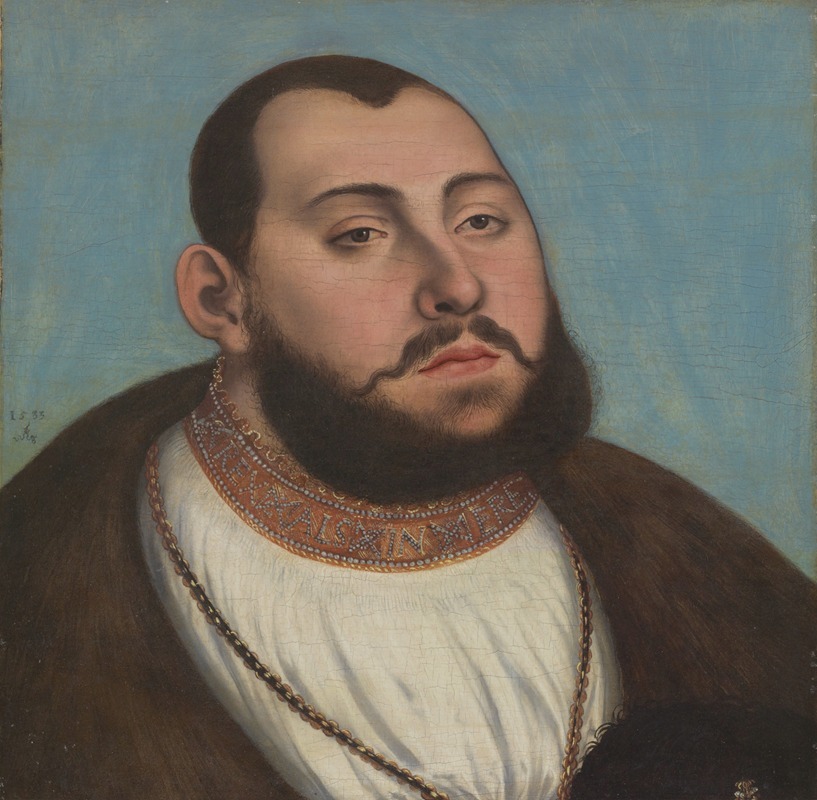
Portrait of John Frederic the Magnanimous, Elector and Duke of Saxony
A hand-painted replica of Lucas Cranach the Elder’s masterpiece Portrait of John Frederic the Magnanimous, Elector and Duke of Saxony, meticulously crafted by professional artists to capture the true essence of the original. Each piece is created with museum-quality canvas and rare mineral pigments, carefully painted by experienced artists with delicate brushstrokes and rich, layered colors to perfectly recreate the texture of the original artwork. Unlike machine-printed reproductions, this hand-painted version brings the painting to life, infused with the artist’s emotions and skill in every stroke. Whether for personal collection or home decoration, it instantly elevates the artistic atmosphere of any space.
Lucas Cranach the Elder, a prominent German Renaissance painter, created the "Portrait of John Frederic the Magnanimous, Elector and Duke of Saxony" in 1531. This artwork is a significant representation of the political and cultural climate of the time, as well as an example of Cranach's skill in portraiture.
John Frederic the Magnanimous was a key figure in the Protestant Reformation, known for his staunch support of Martin Luther and the Lutheran cause. As the Elector of Saxony, he played a crucial role in the political and religious transformations occurring in the Holy Roman Empire during the early 16th century. His commitment to Protestantism and his leadership in the Schmalkaldic League, a defensive alliance of Lutheran princes, marked him as a significant historical figure.
Cranach's portrait captures John Frederic in a dignified and authoritative manner, reflecting his status and personality. The painting is executed with the meticulous attention to detail characteristic of Cranach's work. The elector is depicted wearing a fur-trimmed robe and a hat, indicative of his high social standing. His facial expression is composed and confident, conveying his determination and leadership qualities.
The background of the portrait is relatively plain, which was typical of Cranach's style, allowing the viewer to focus on the subject. The use of color and light in the painting highlights the textures of the fabrics and the sitter's features, showcasing Cranach's mastery in rendering realistic textures and lifelike representations.
Cranach was not only a painter but also a close associate of Martin Luther and a supporter of the Reformation. His workshop produced numerous portraits of Protestant leaders, and his art often contained subtle symbolic elements supporting the Reformation ideals. In this portrait, while there are no overt religious symbols, the dignified portrayal of John Frederic aligns with the Protestant emphasis on individual faith and leadership.
The painting is part of a larger body of work by Cranach that includes portraits of other notable figures of the Reformation, as well as mythological and religious subjects. His ability to capture the essence of his subjects made him one of the most sought-after portraitists of his time.
Today, the "Portrait of John Frederic the Magnanimous" is appreciated not only for its artistic merit but also for its historical significance. It provides insight into the personalities that shaped the Reformation and the political landscape of 16th-century Europe. The painting is housed in various collections, with versions and copies existing due to the popularity of Cranach's workshop.
In summary, Lucas Cranach the Elder's portrait of John Frederic the Magnanimous is a masterful depiction of a key historical figure, reflecting both the artistic trends of the Renaissance and the political-religious context of the Reformation. Through this work, Cranach contributes to our understanding of the era's cultural and historical dynamics.





